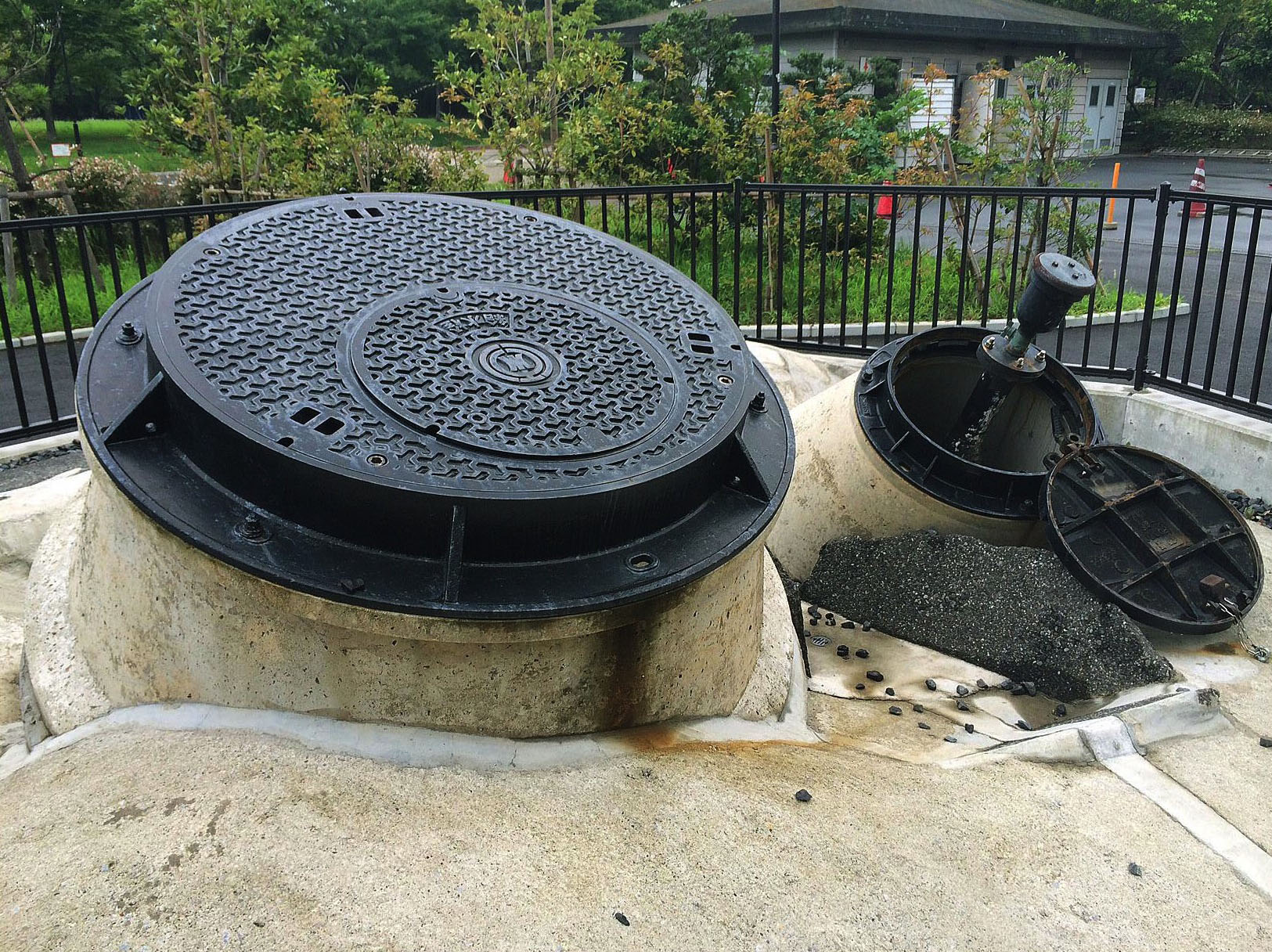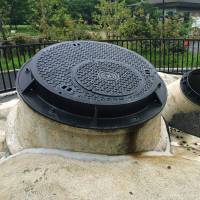Urayasu, Chiba Prefecture, is still recovering from widespread liquefaction damage incurred in the Great East Japan Earthquake, with many roads and sewage system continuing to undergo repair more than three years later.
The city, a 20-minute train ride from central Tokyo, is speeding up the repairs as officials prepare for another major quake that some experts say is due to hit the capital.
"We are now working on a revised prevention plan with strengthened measures against a (large-scale disaster)," one Urayasu official said.
The March 2011 earthquake measured upper 5 on the Japanese seismic intensity scale of 7 in Urayasu, about 300 km from the epicenter off Miyagi Prefecture, according to the Meteorological Agency.
Because about three-quarters of the city sits on landfill, the quake triggered liquefaction, which caused roads to crack, mud to spout from the ground, homes and buildings to tilt and manholes to protrude from the surface.
More than 80 percent of the city suffered liquefaction, affecting some 9,000 households.
To repair the sewage systems and roads, the municipal government adopted a ¥21 billion budget for fiscal 2014.
Three and a half years have passed since the Great East Japan Earthquake. The city's water and electricity supplies have been restored, but only 30 percent of roads and 60 percent of sewage systems have been repaired.
Authorities have recommended that areas susceptible to liquefaction erect concrete barriers to reinforce the soil.
But such projects, even with government subsidies, would still require homeowners to pay ¥1 million to ¥2 million each, and consent from all landowners is needed for the project to go ahead.
So far, only 30 percent of homeowners have agreed to conducting a geological survey in their area, which is a necessary step before actual repair work begins.




